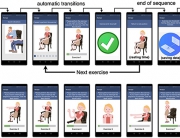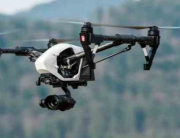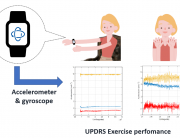Sure. It is. But, probably now the noise monitoring concept must be updated.
Although transport noise sources can be assessed properly through noise modelling, there are still many urban noise sources that still need assessment through measurement. Let’s think of leisure noise, waste collection services, construction noise…
In some of these cases, noise assessment could be as simple as describing an area as “noisy, requiring mitigation measures”. But even in those cases, noise monitoring could be useful:
- To obtain objective indicators to describe the acoustic situation
- To inform the residents about their noise exposure.
- To rate the problem in comparison to regulations
- To compare different locations and areas with the goal of establishing priorities for action plans
- To determine where the noise occurs at each location during workdays and weekends
- To raise noise awareness at all levels of society (bar, pub, and restaurant owners and patrons, residents, and authorities).
- To give support to any mitigation action that could affect owners, users or residents.
- To determine the amount of reduction required in each area
To assess the “before condition” to improve later evaluations of the efficacy of mitigation measures.
Maybe noise maps, and simulation models could help with this, but there is still a main issue: citizens do not trust in models as much as they do in measurements. They claim for measurements than confirm what they already know. This raises some non-acoustic factors that can increase community response (noise annoyance and other effects). A modern noise monitoring system can help to mitigate the adverse effect of factors such as: information (accessibility, transparency and understanding), trust, influence/voice, attitude towards the source, predictability of the noise situation, recognition of concern, awareness of negative effects, interaction of stakeholders.
Exploiting the revised noise monitoring concept is a challenge.














